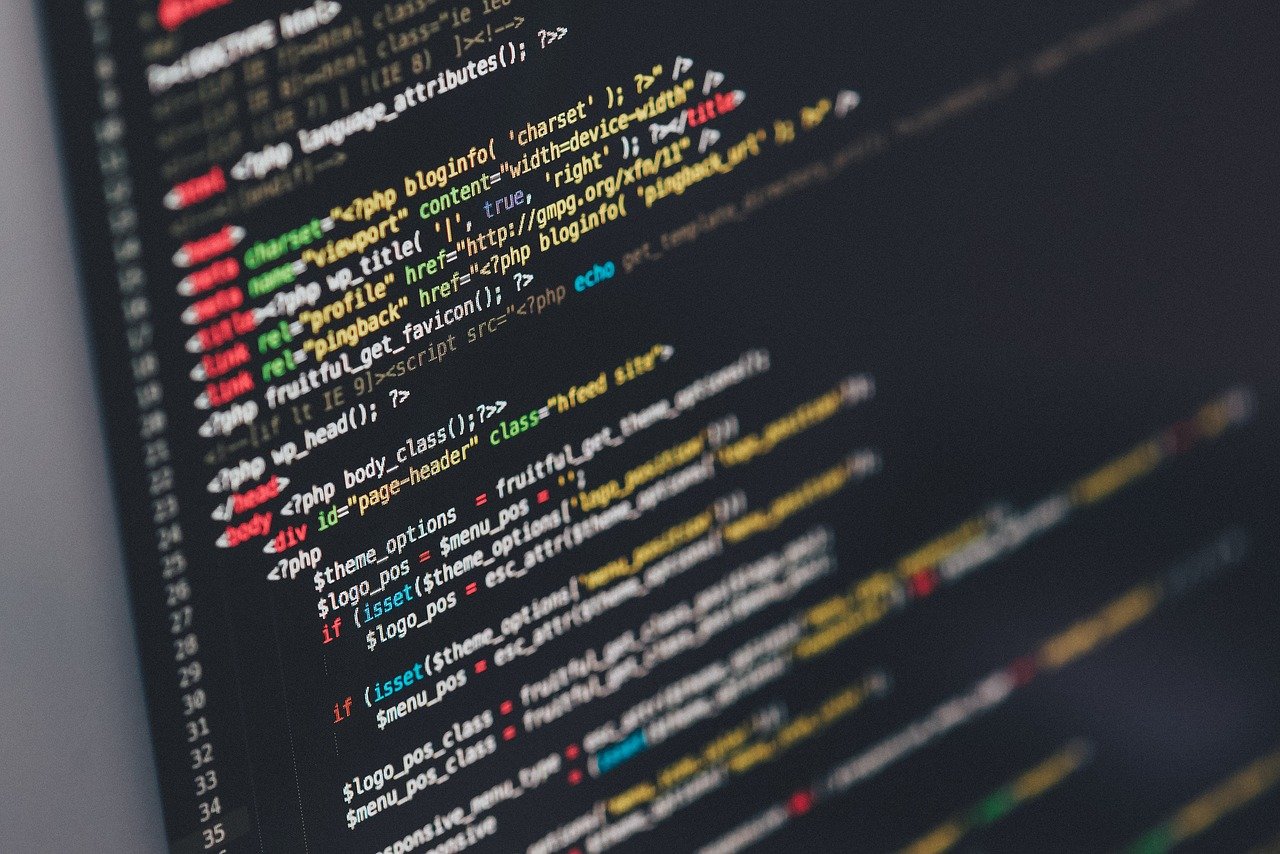IoT deployments built by a custom IoT development company can offer a number of different use cases. To do this, the Internet of things development services must design their applications within the right platforms, operating systems, and languages.
IoT devices allow companies to connect devices like mobile phones, laptops, televisions, appliances, vehicles, and wearables with one another. Software engineers collect data from sensors and processes and deliver stunning applications with consumer-friendly UI and visuals.
IoT applications are used in many different fields. Some cities, like Amsterdam or the West Kowloon Cultural District in Tokyo, have ambitions of becoming smart cities where everything from buildings to street lights are connected and controlled via the Internet.
What Does a Custom IoT Development Company Need to Build an IoT app?
IoT software solutions generally require three components, which we’ll cover below.
IoT development platforms
There are several platforms available suitable for Internet of Things application development services. IBM Watson is a popular choice because of its ability to facilitate rapid implementation; others prefer MS Azure because of its data collection and visualization capabilities.
Operating Systems
Your operating system has to be lightweight and low-powered, with small RAM and restricted storage. Battery life needs to last as long as possible. Some companies prefer Raspbian, which is optimized to be used with Raspberry Pi hardware. There is also an open-source option, Arm Mbed OS, which is particularly useful for Bluetooth connectivity.
Programming languages
IoT software development requires using the right programming language for the application. Because it will be used with hardware, the code has to be short and simple. An Internet of Things software development company will usually be skilled at:
- C and C++, which is written to be used in conjunction with hardware;
- Java, a mobile programming language;
- Python, good for data-heavy application
IoT Application Development Services and Architecture
IoT is very different from traditional software development. The system comprises sensors and actuators, data preprocessing, IT systems, and of course, the cloud.
The sensors collect raw, analog data from the environment or the object itself. This data is then aggregated and converted into useful digital data through data acquisition systems that are connected to the sensor network. This data is preprocessed for space and security reasons. Then, it’s stored in data centers or the cloud, where it can be reshaped for end users.
As you can imagine, IoT collects, processes and exchanges a significant volume of data. Developers need to be well-versed in data security protocols. The connections between multiple devices and a network make them particularly vulnerable. Many hackers target smart IoT devices instead of computers because they are typically overlooked by the organization. This can include smart printers, televisions, or fridges in the home or office that can be used to gain entry to the network.
What Does IoT Look Like in practice?
There are several popular applications. Imagine being able to drive a smart car that finds its own parking and returns to you when you’re ready to leave, all controlled via a mobile app? Or a fridge that informs you that you need to stock up on milk? IoT is already helping buildings reduce their lighting bills by switching off when employees leave at night through Bluetooth sensors, cloud control centers, and mobile phones. IoT can bridge the digital divide in ways we can’t even begin to imagine.
Where Can You Find IoT developers?
Finding IoT developers can pose a significant challenge. Many companies choose to offshore IoT development to countries like Ukraine, Poland, Belarus, India, or China. These countries not only have the right skills to deliver IoT projects but are much more affordable than developers in the USA. In Ukraine, a developer might charge anything from $30 to $50 per hour, compared to US developers who can charge anywhere from $90 to $130 per hour.
Conclusion
In 2022, the rapidly expanding IoT market will reach $561 in value. This means that more companies will enter the space – and compete for developers. Partnering with the right custom IoT development company will ensure that you are one of the first entrants into the market, giving you a competitive edge.

